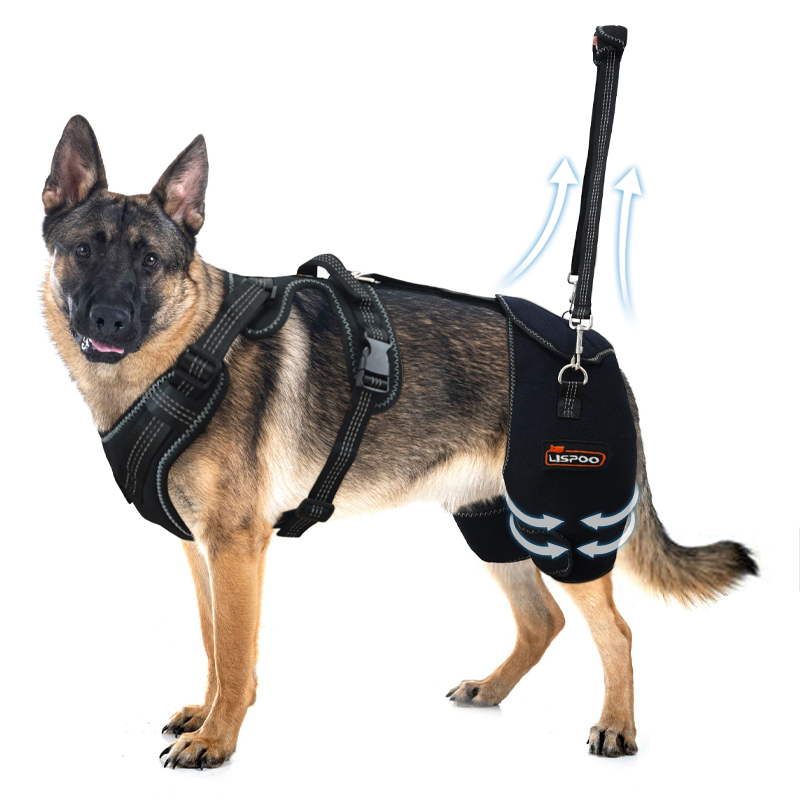Hip dysplasia is a common condition that affects many dogs, particularly large breeds. It occurs when the hip joint doesn’t develop properly, leading to instability and eventual degeneration of the joint. But is hip dysplasia painful for a dog? Unfortunately, the answer is yes. Hip dysplasia can cause significant pain and discomfort, impacting a dog’s quality of life. However, there are ways to manage this condition and help your dog live more comfortably.
Understanding Hip Dysplasia in Dogs
Hip dysplasia is a genetic condition that can be influenced by environmental factors such as diet, exercise, and growth rate. In a healthy dog, the hip joint functions smoothly, with the ball of the femur fitting snugly into the hip socket. In a dog with hip dysplasia, the joint is loose and unstable, causing the bones to grind against each other. Over time, this can lead to arthritis, inflammation, and chronic pain.
Signs of Hip Dysplasia Pain
Dogs with hip dysplasia may show various signs of discomfort, including:
- Limping or Lameness: Your dog may favor one leg over the other or have difficulty getting up after resting.
- Decreased Activity: Dogs with hip dysplasia often become less active and may avoid activities they once enjoyed, such as running or jumping.
- Stiffness: Especially noticeable after exercise or in the morning, your dog may appear stiff or have difficulty moving.
- Reluctance to Climb Stairs: Hip dysplasia can make it challenging for dogs to climb stairs or jump onto furniture.
Managing Hip Dysplasia Pain
While hip dysplasia can be painful, there are several ways to manage the condition and alleviate your dog’s discomfort.
-
Dog Hip Braces: A dog hip dysplasia brace can provide stability and support to the hip joint, reducing pain and improving mobility. These braces are designed to support the hip and alleviate pressure on the joint, allowing your dog to move more comfortably.A hip dysplasia harness for dogs can be an excellent tool for dogs with this condition. It helps lift some of the weight off the hips, making it easier for your dog to walk and move around. The harness can also help you assist your dog with activities like climbing stairs or getting into the car.
-
Weight Management: Keeping your dog at a healthy weight can reduce the strain on their hips and lessen pain. Consult with your vet about a suitable diet and exercise plan.
-
Exercise and Physical Therapy: Gentle, low-impact exercises can strengthen the muscles around the hip joint, providing additional support. Physical therapy, including swimming, can also be beneficial.
-
Medications: Pain relief and anti-inflammatory medications prescribed by your vet can help manage the symptoms of hip dysplasia.
Conclusion
Hip dysplasia is undoubtedly painful for dogs, but with the right management strategies, including the use of hip dysplasia harnesses for dogs, and hip and leg braces, you can help alleviate your dog’s discomfort and improve their quality of life. Early intervention and ongoing care are key to ensuring your dog remains as comfortable and active as possible. If you suspect your dog has hip dysplasia, consult your vet to discuss the best treatment options.



0 Comments